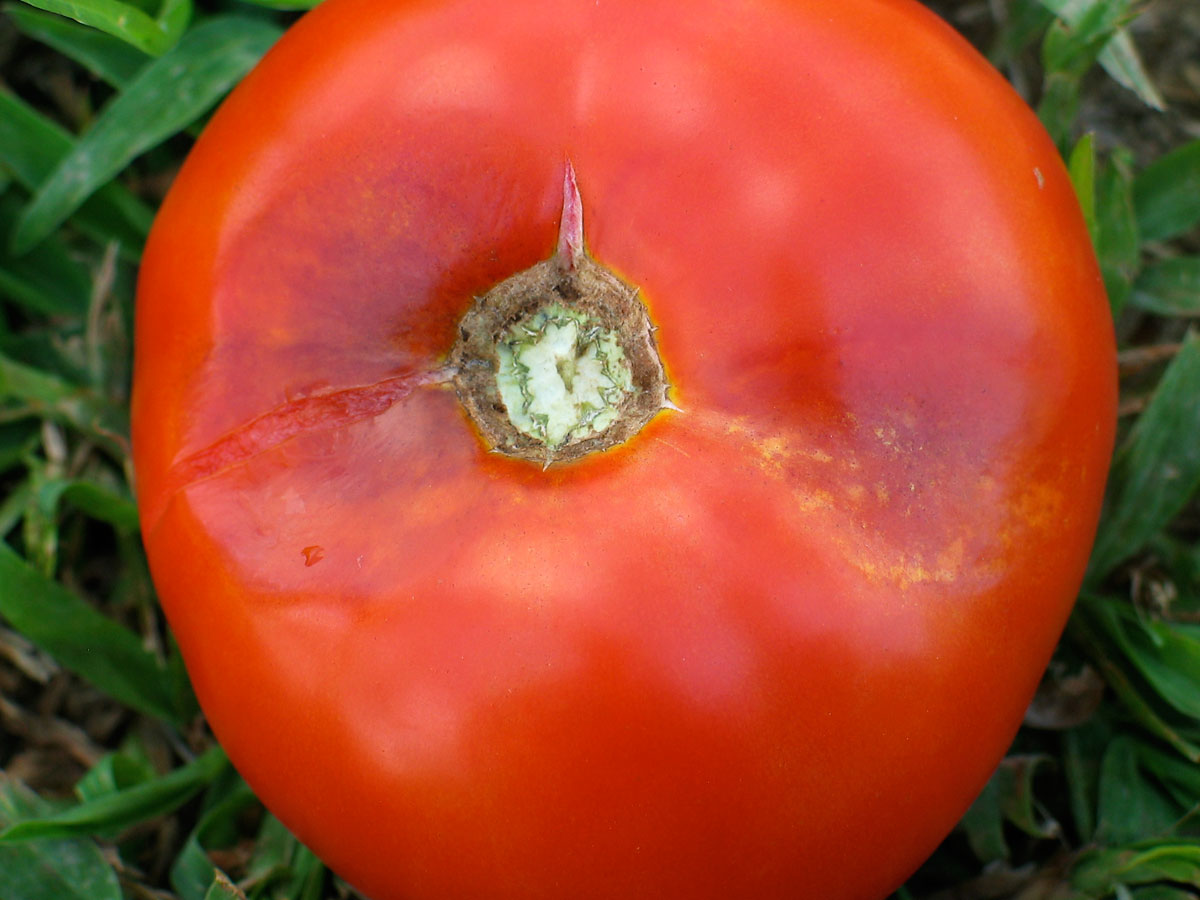

These genes are effective against some genotypes but not others. These were derived from Solanum pimpinellifolium, a wild relative of tomato ( Solanum lycopersicum). The tomato resistance genes are Ph-1, Ph-2, Ph-3, and Ph-5 (Table 1). With some pathosystems, including late blight, several major resistance genes and pathogen genotypes have been identified.įor late blight, there are four major resistance genes in tomato and 24 genotypes of the pathogen identified in the United States as of 2014. Ability of the pathogen to overcome major-gene resistance often with a simple genetic change (thereby creating a new genotype) renders this type of resistance less effective over time. Thus a resistance gene can provide very effective control of one pathogen genotype while being ineffective against another. Major resistance genes correspond to specific virulence genes in the pathogen. However, because major-gene resistance is usually specific to one pathogen genotype, it is less durable (more easily overcome by that pathogen). Major-gene resistance is easier to breed for than minor-gene resistance, and the degree of pathogen suppression is usually higher. Major-gene resistance is the most common type of resistance available for many diseases, including late blight. Knowledge about the genetics of resistance in a variety, and about the pathogen genotypes (strains) occurring enables a more accurate prediction of the level of control achievable with specific varieties. This is important, since late blight is nearly impossible to manage with fungicides under very favorable conditions for the pathogen. With resistant varieties, the management practice is in place before late blight starts to develop. fungicides) that can make the symptoms disappear. Unlike people and animals, plants cannot be cured of a disease, and there are no medicines (e.g. Late blight is most effectively managed with practices implemented before the disease starts to develop, or at the first sign. Selection of resistant varieties is the best strategy for managing late blight.

McGrath, Cornell University.įor more information on identifying late blight, see the eOrganic video Identifying and Scouting for Late Blight on Organic Farms. Late blight clearly is unlike many other diseases and cannot be “lived with”. With such a contagious and destructive disease, not effectively managing late blight, even in a small garden, can have a detrimental impact on other tomato and also potato plants in farms and gardens. The pathogen produces an abundance of spores that are easily dispersed several miles by wind (up to 30 miles is possible). Late blight has been likened to wildfire by those whose plants have been afflicted.

#TOMATOES RESISTANT TO LATE BLIGHT PLUS#
Disease progresses quickly under humid conditions, which are favorable for the pathogen, particularly when accompanied by cool temperatures plus rain, heavy dew, or fog. Total crop loss is not unusual, especially if management practices are not used, because the pathogen directly affects fruit and kills plants. Late blight, which is caused by the pathogen Phytophthora infestans, is one of the most destructive and contagious plant diseases. Check the late blight occurrence maps at. Resistant varieties will continue to be an important management practice, especially where late blight occurred recently, but also because there remains potential for another resurgence of this disease. This article was written during a period when late blight was occurring much more commonly than in recent years, especially in the northeastern USA. Margaret Tuttle McGrath Ph.D., Plant Pathology and Plant-Microbe Biology, Cornell University 2022 Update: Current Disease Situation in the USA


 0 kommentar(er)
0 kommentar(er)
